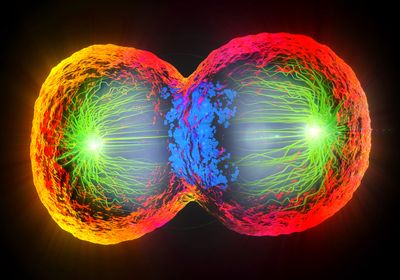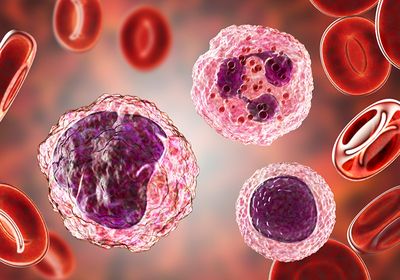
People have complicated relationships with hairy skin moles. For some, they symbolize individuality and good fortune. For others, a bothersome blemish. Maksim Plikus, a professor of developmental and cell biology at the University of California, Irvine regards these mounds of wild-growing hair as islands of knowledge. His curiosity and astuteness compelled him to look closer at a biological anomaly that others overlooked. “Nothing exists for no reason. There is some really interesting biology hidden in everything,” Plikus said.
Skin moles are common growths that contain clusters of melanocytes, the skin’s pigment producing cells. These melanocytes are senescent1—they are old and no longer reproduce. Cellular senescence is generally considered a harbinger of infirmity and biological uselessness. But Plikus and his colleagues recently discovered that the senescent melanocytes in hairy moles may be a hair follicle fountain of youth.2
See also “Getting to the Root of Skin Healing”
There is some really interesting biology hidden in everything.
– Maksim Plikus, University of California, Irvine
Plikus studies tissue and organ regeneration and how stem cells regulate these processes. His team is particularly interested in skin and hair renewal. Normal skin produces hair in cycles, with stages that range from dormancy to active growth. Stem cells deep within hair follicles coordinate these activities by sending and receiving signaling molecules that communicate with other cells in the hair follicle niche.3
Plikus and his team used genetically engineered mouse models of skin moles and single cell RNA-sequencing to study hair follicle stem cell activity. They discovered that senescent melanocytes in hairy moles secrete a signaling molecule called osteopontin, which stimulates dormant hair follicle stem cells and triggers hair growth. When they examined human samples of hairy skin moles, Plikus’ team found higher levels of osteopontin compared to nearby non-mole skin, and when they injected osteopontin into hair follicles of human skin grafts, new hair grew. “The old cells nurture the neighboring stem cells with the help of these molecules,” Plikus said. “Senescent cells in tissues can have a proper regenerative role, like old grandparents that nurture their grandchildren.”

The ability of senescent cells to collaborate with young stem cells and promote tissue regeneration is a paradigm shift and a breakthrough in the balding research field. The hope is that scientists can apply this information to future hair replacement therapies in the form of scalp microinjections. “This paper is truly amazing,” said Ricardo Mallarino, an assistant professor of molecular biology at Princeton University, who was not involved in the study. “There's this idea that cellular senescence is something bad and that it always leads to problems down the road. In this case, they found ongoing signaling events that are still taking place and might lead to something that [is] relevant for human biology, like extended hair growth.”
See also “A Surprising Way to Repair Scar Tissue”
Plikus is excited about what the future holds. He believes that cellular senescence is activated by a natural biological program that has important physiological roles, particularly in the context of tissue and organ regeneration. If this is indeed the case, the relevance of this study may reach far beyond hair rejuvenation. As far as hairy skin moles are concerned, Plikus describes them as one of biology’s intriguing, unexplained, and overlooked phenomena. “There are things out there that nature created that don't potentially kill us, so we tend to ignore them. They might be odd, and they don't seem to be easily explainable with the knowledge that we have, but that's the reason we should look more closely. Something interesting could be hiding behind it.”
References
- Kohli J, et al. Targeting anti-apoptotic pathways eliminates senescent melanocytes and leads to nevi regression. Nat Commun. 2022;13(1):7923.
- Wang X, et al. Signalling by senescent melanocytes hyperactivates hair growth. Nature. 2023;618(7966):808-817.
- Hu XM, et al. A systematic summary of survival and death signalling during the life of hair follicle stem cells. Stem Cell Res Ther. 2021;12(1):453.






